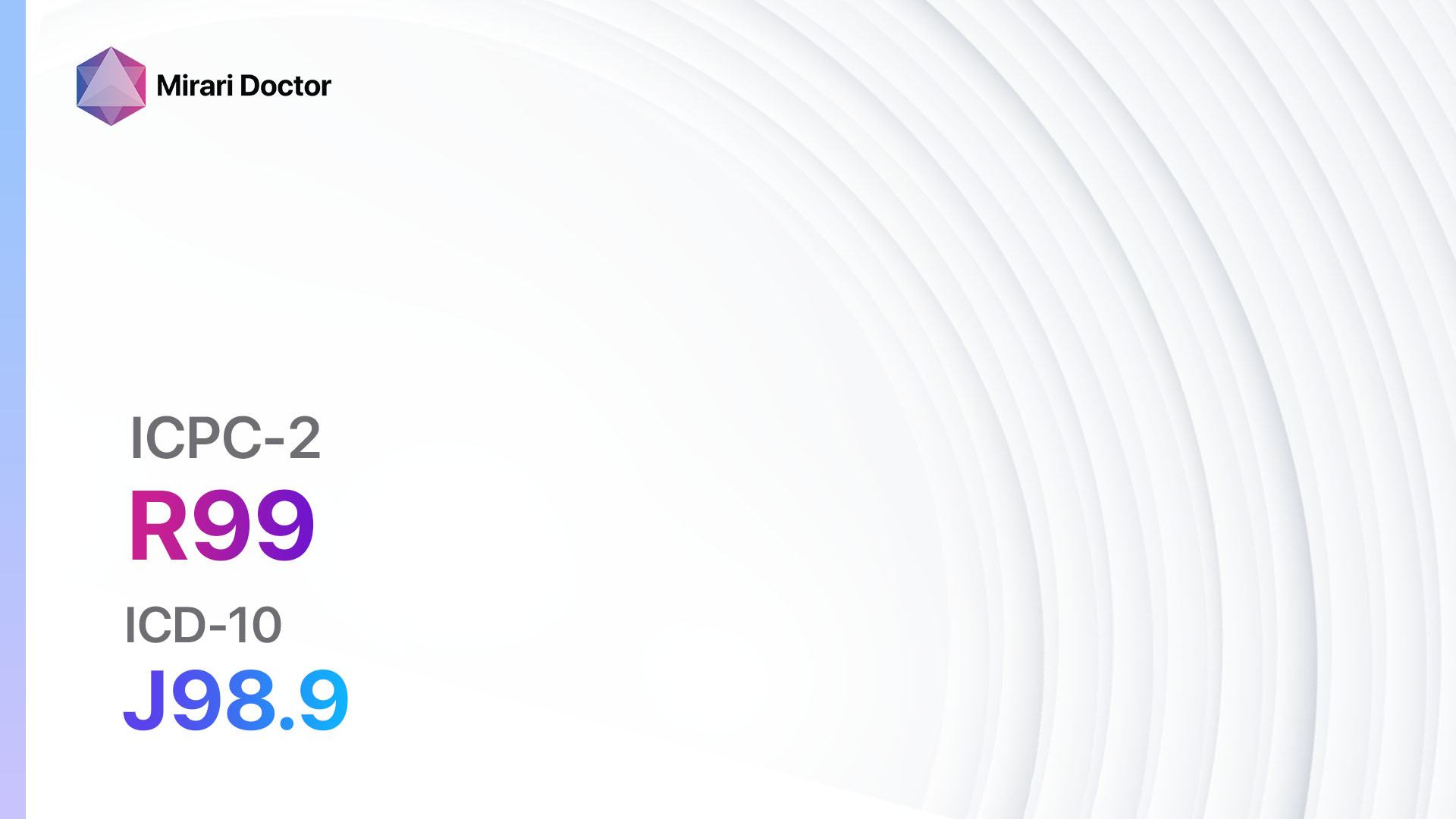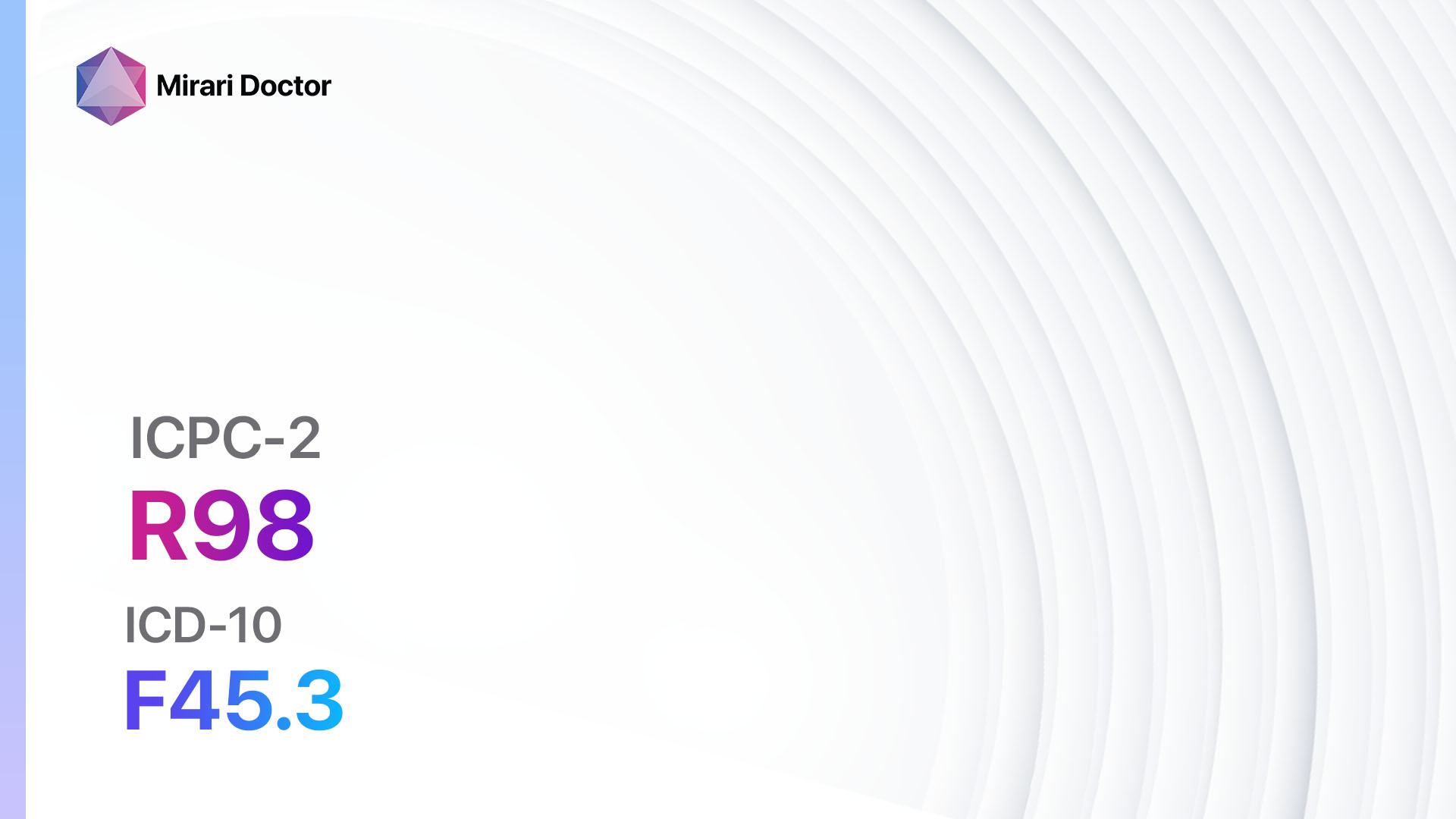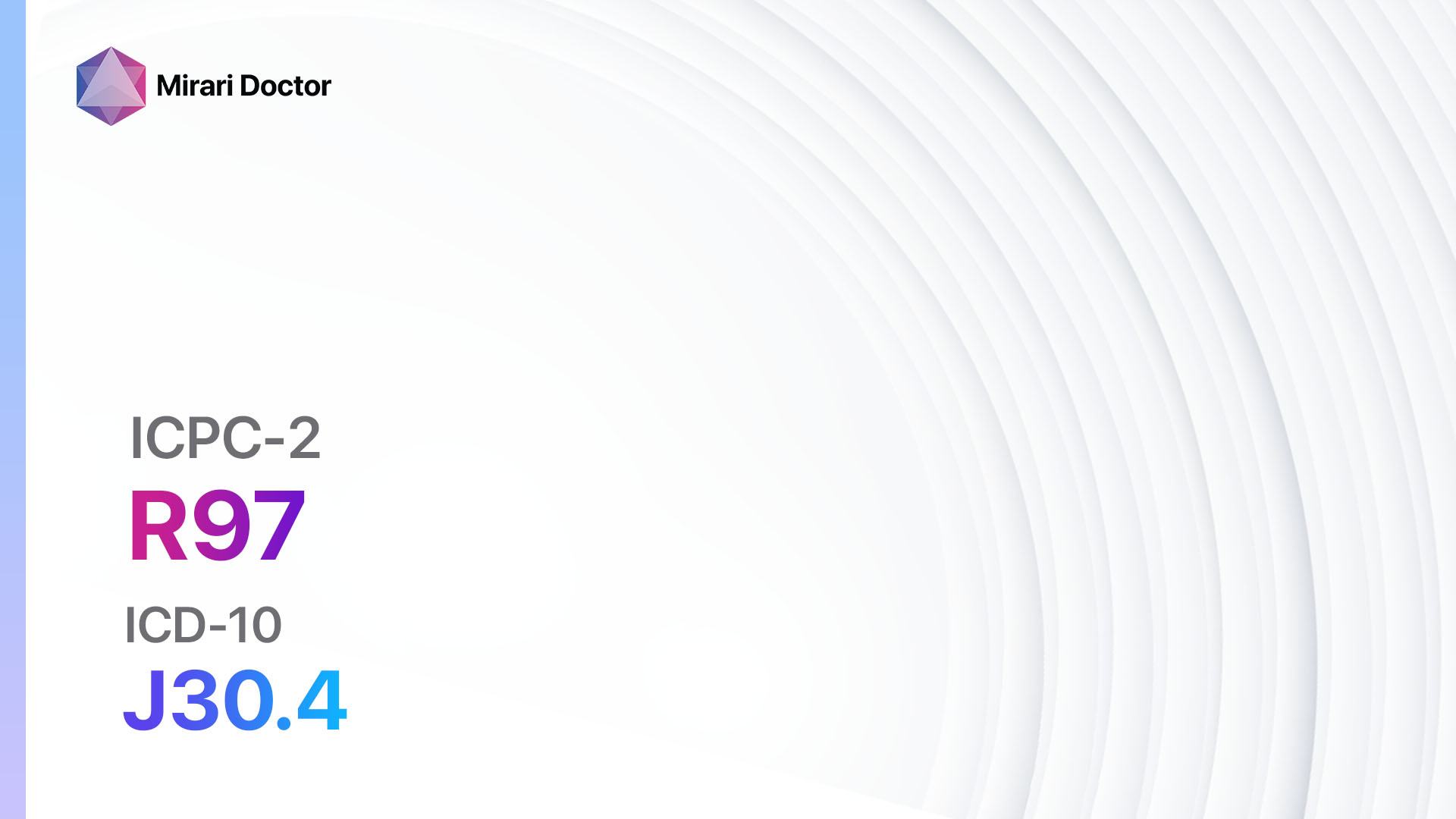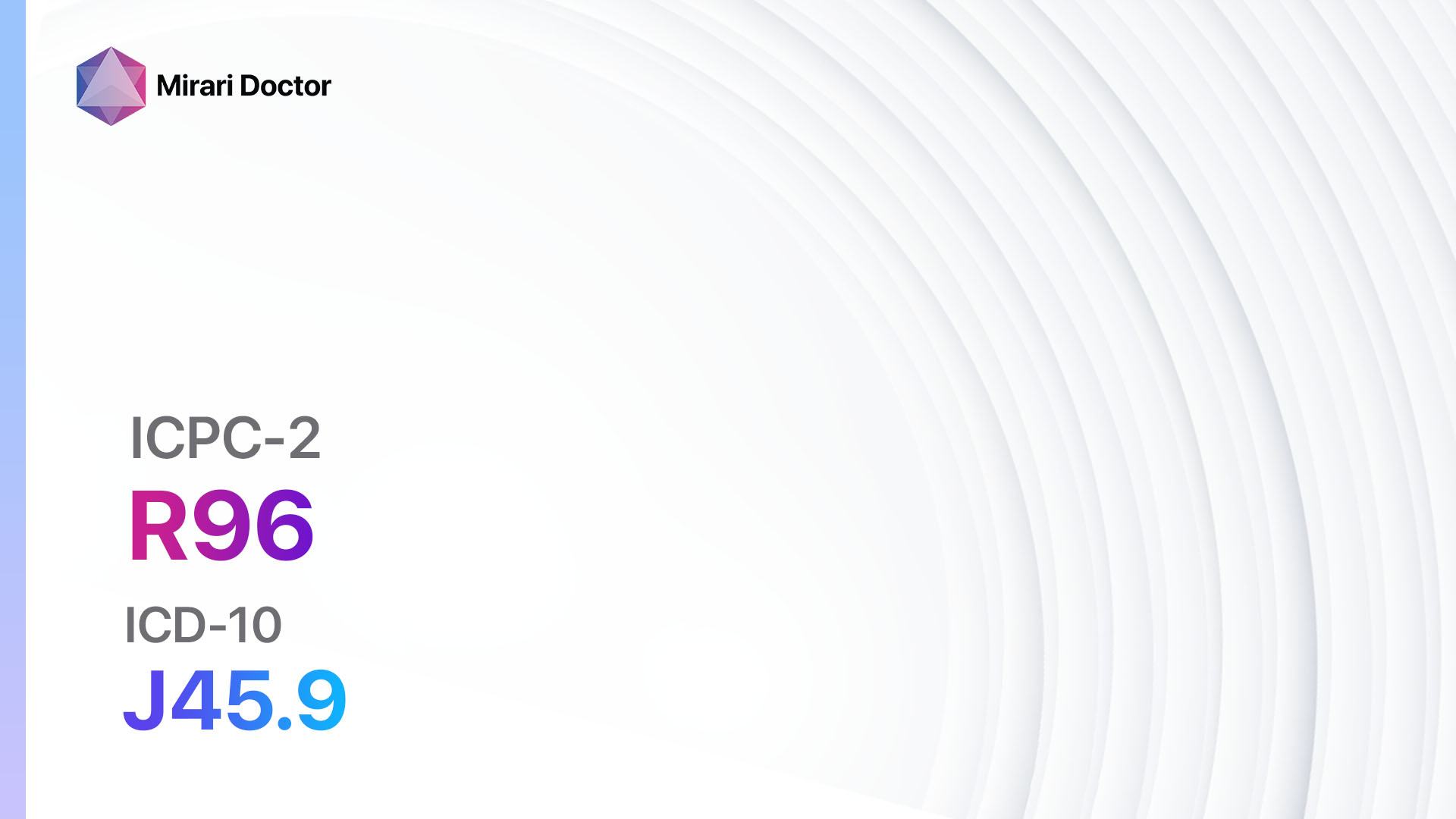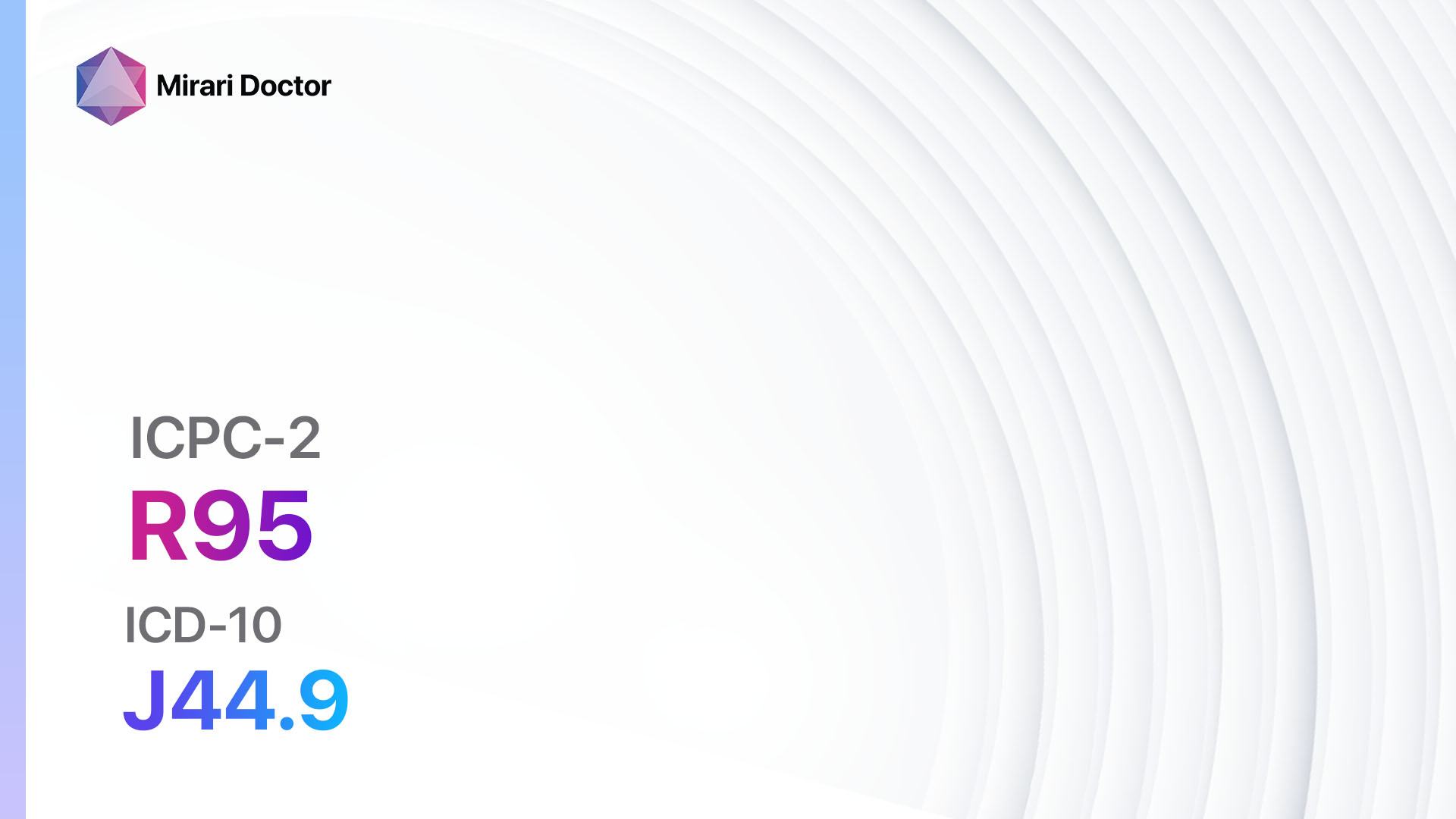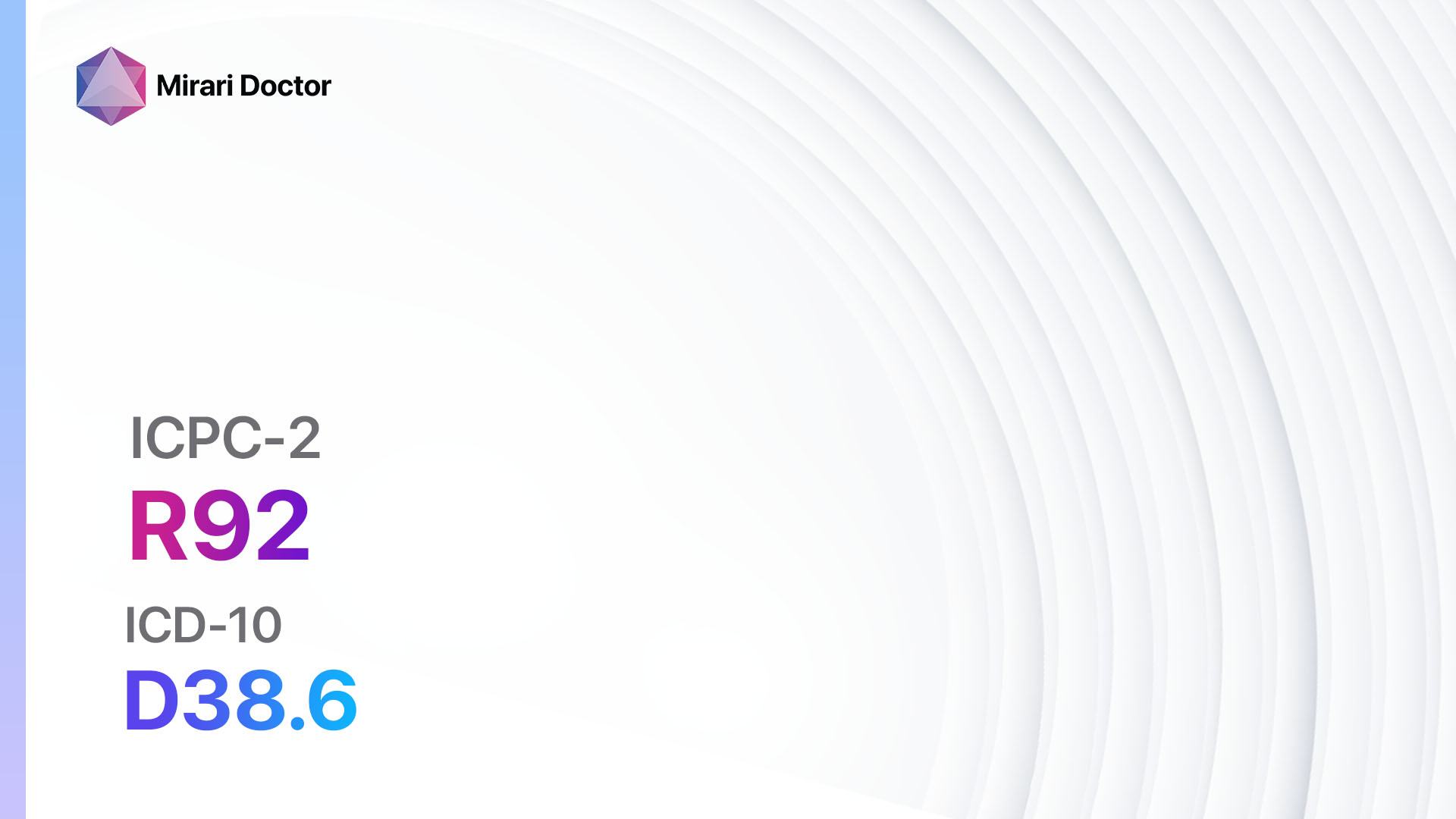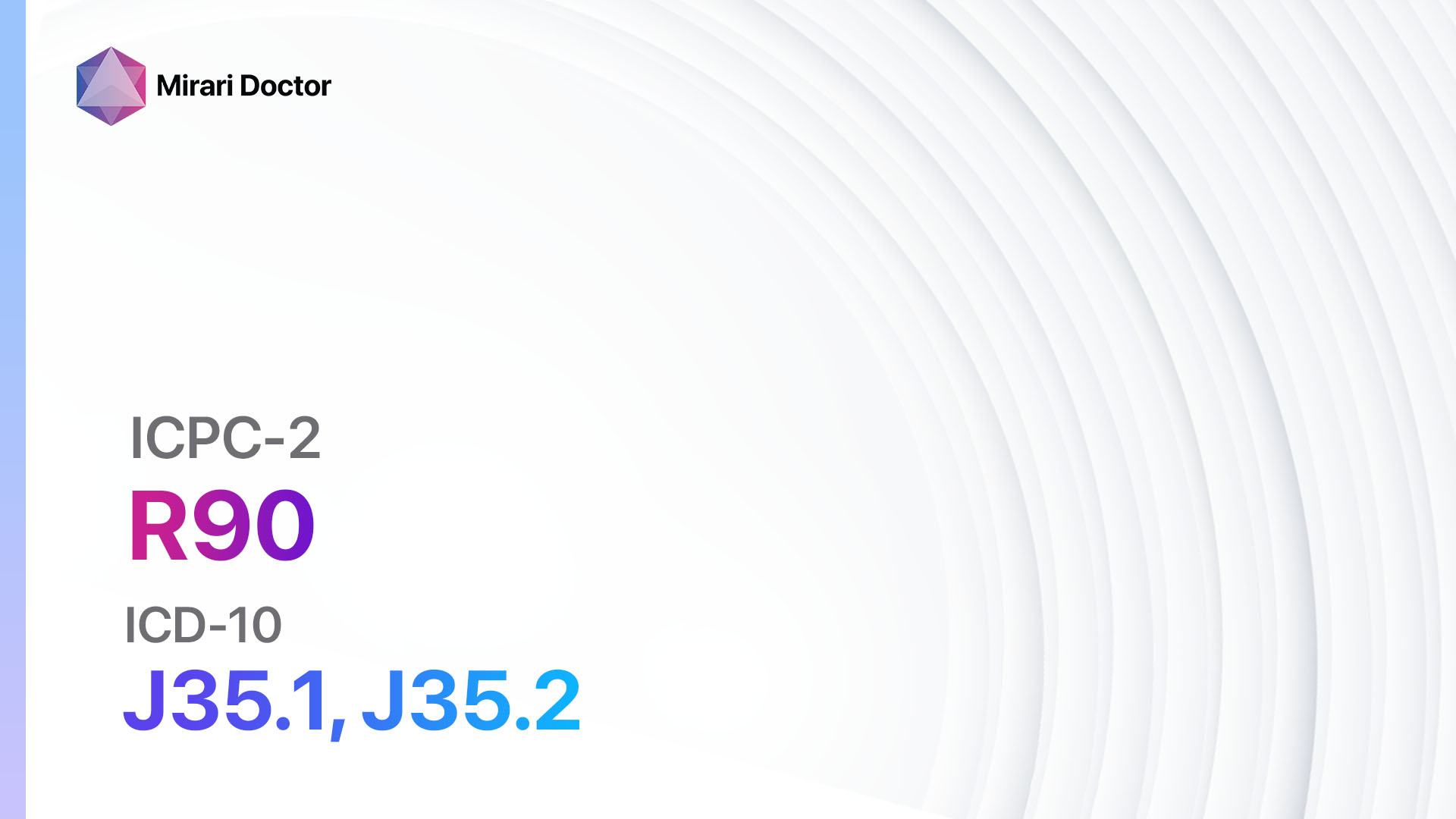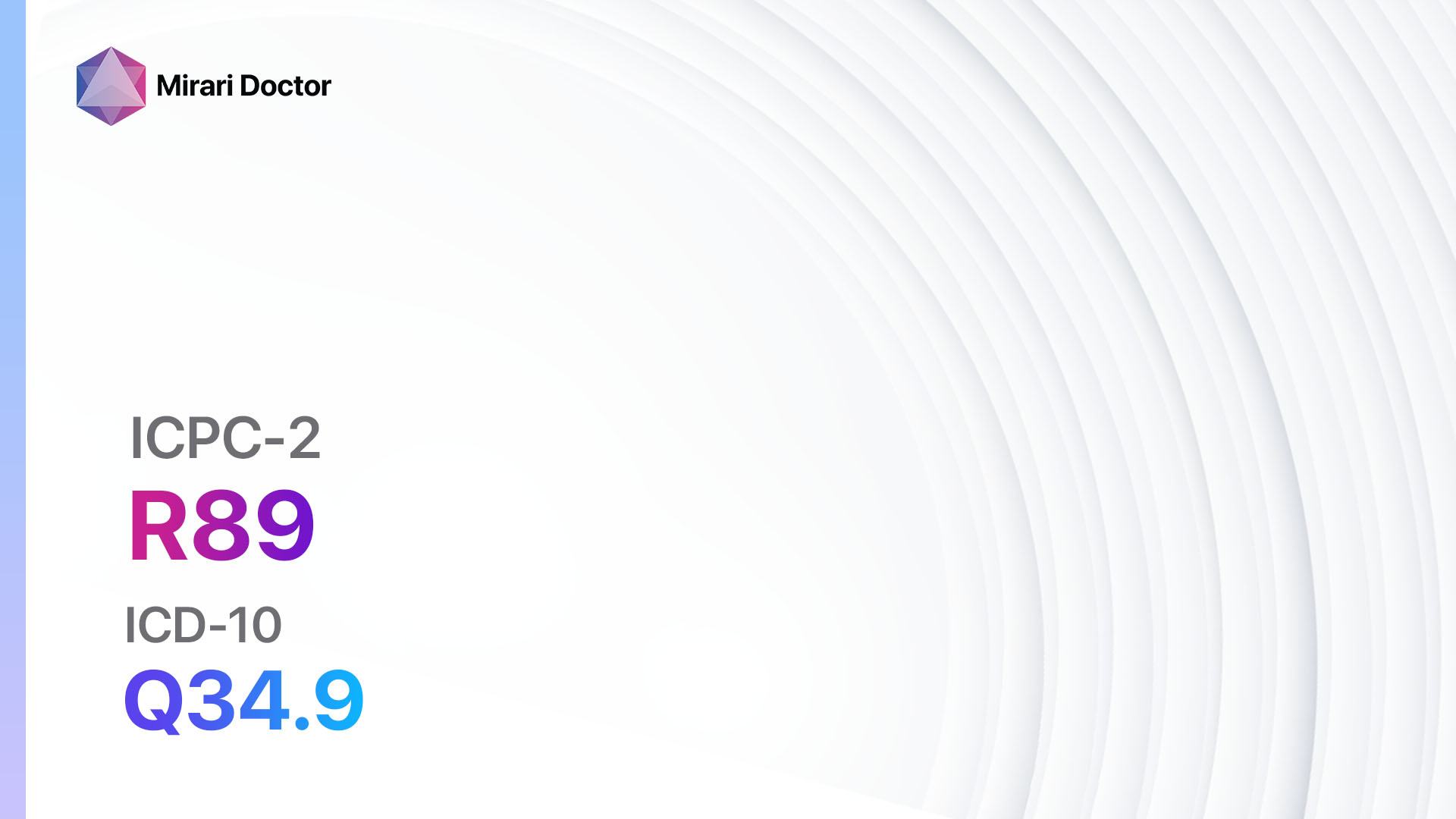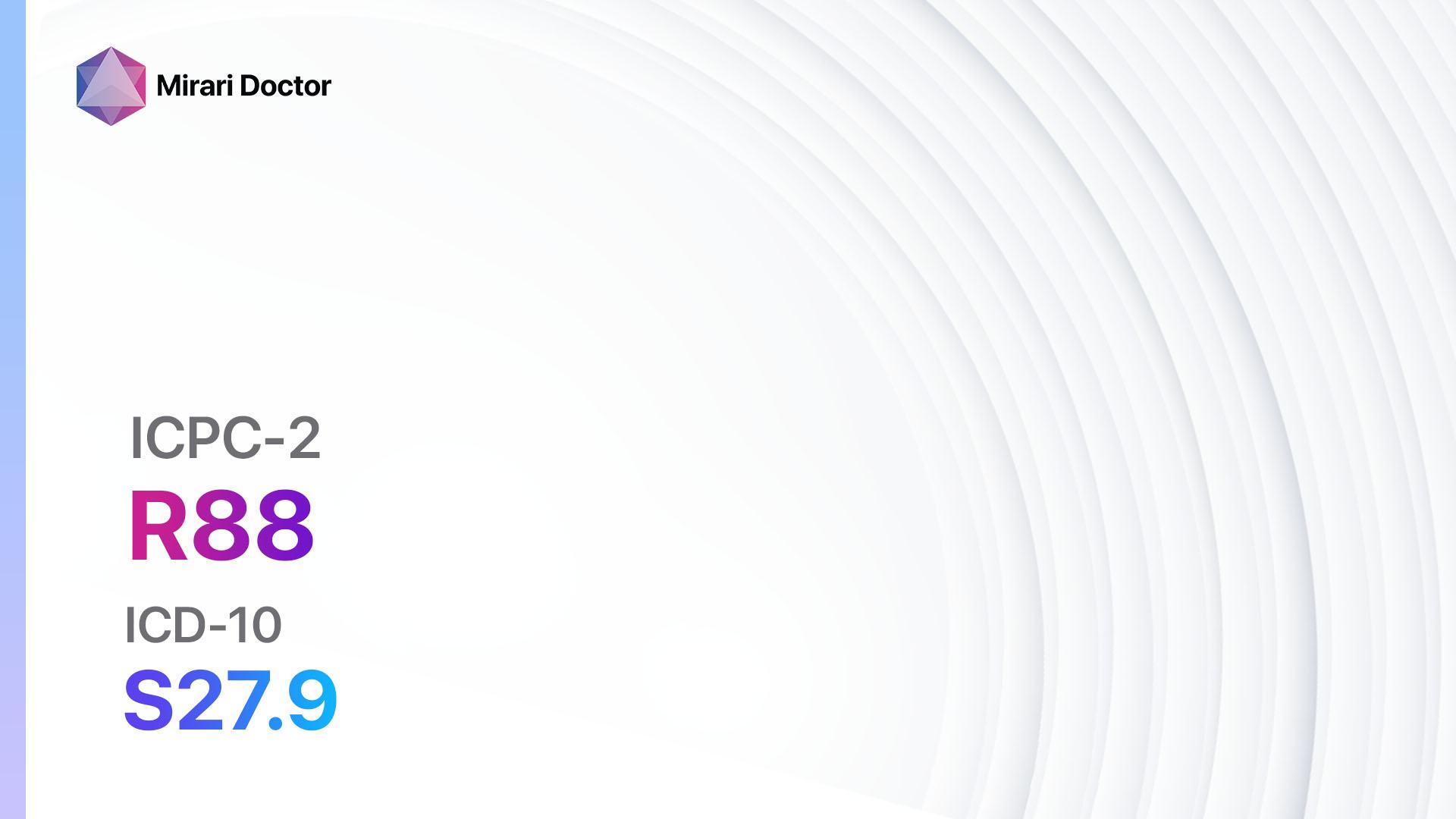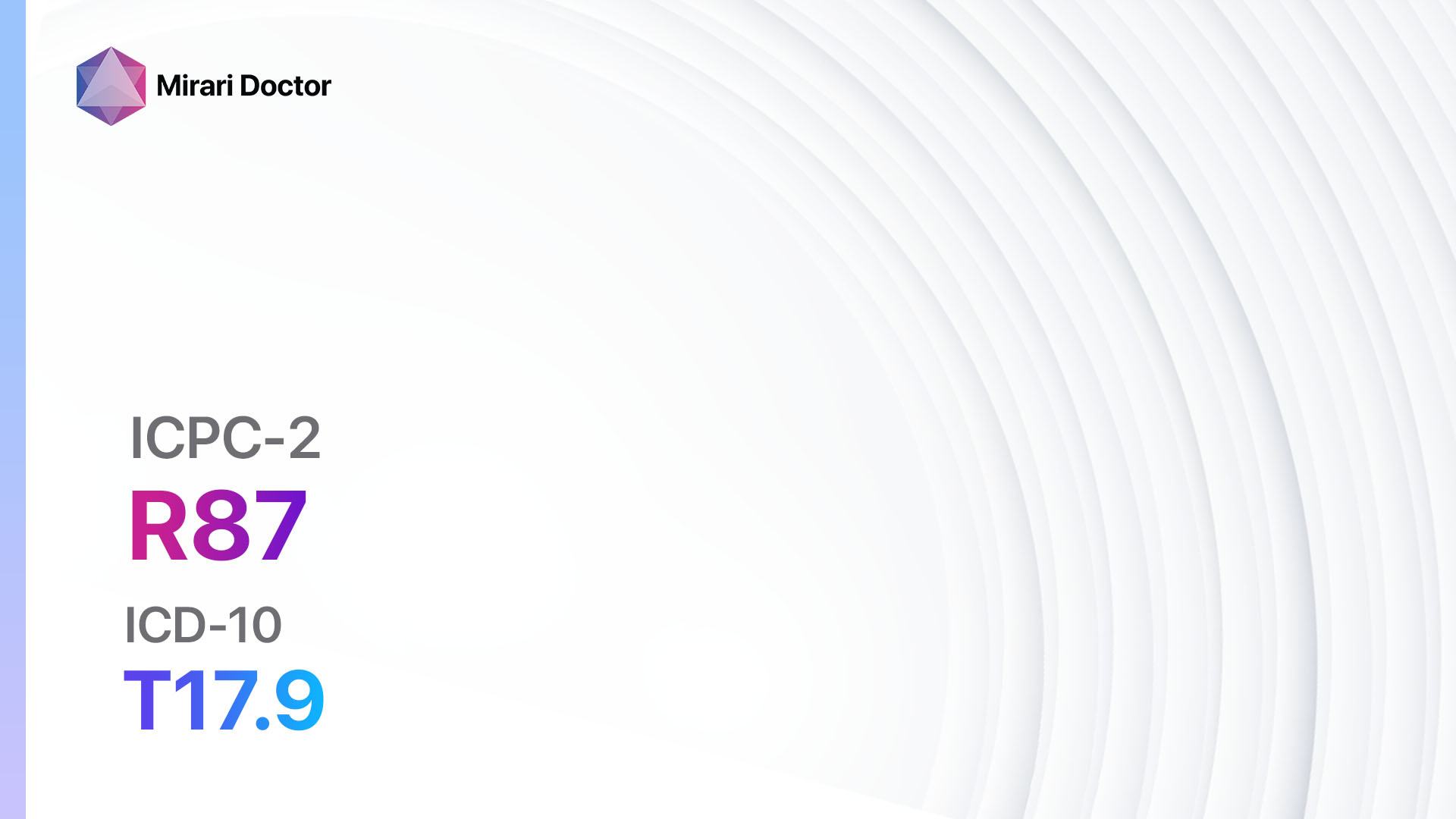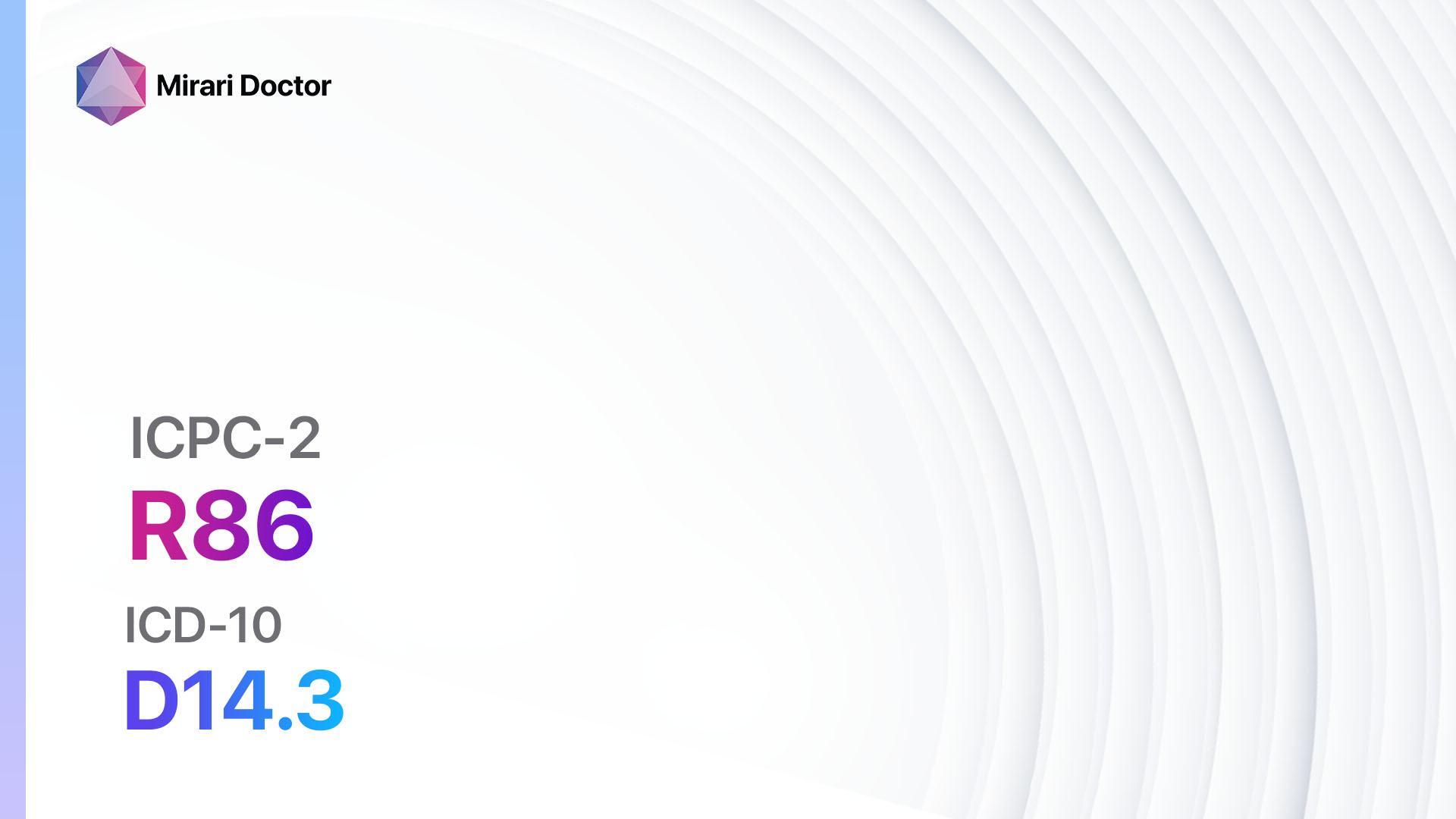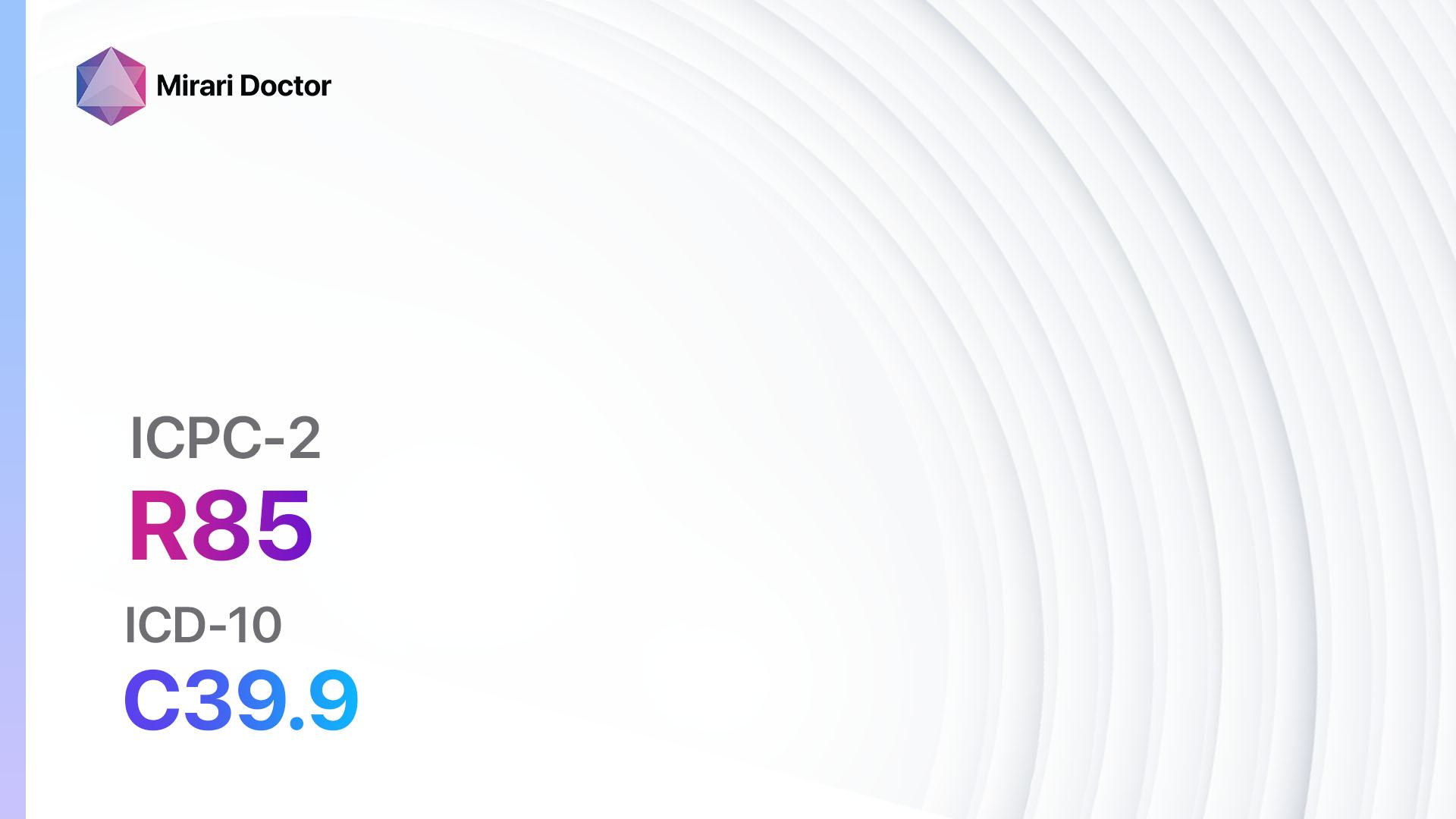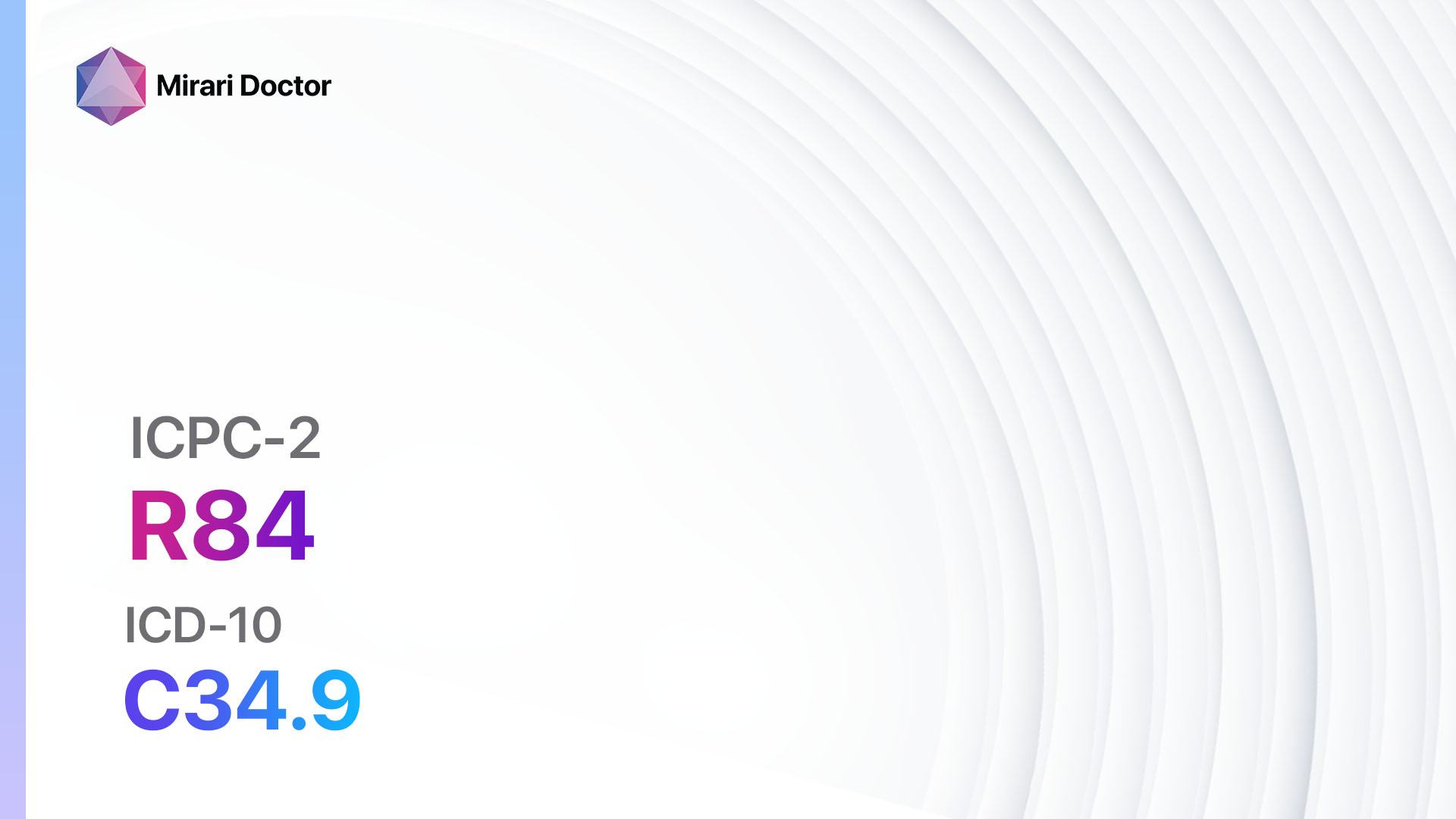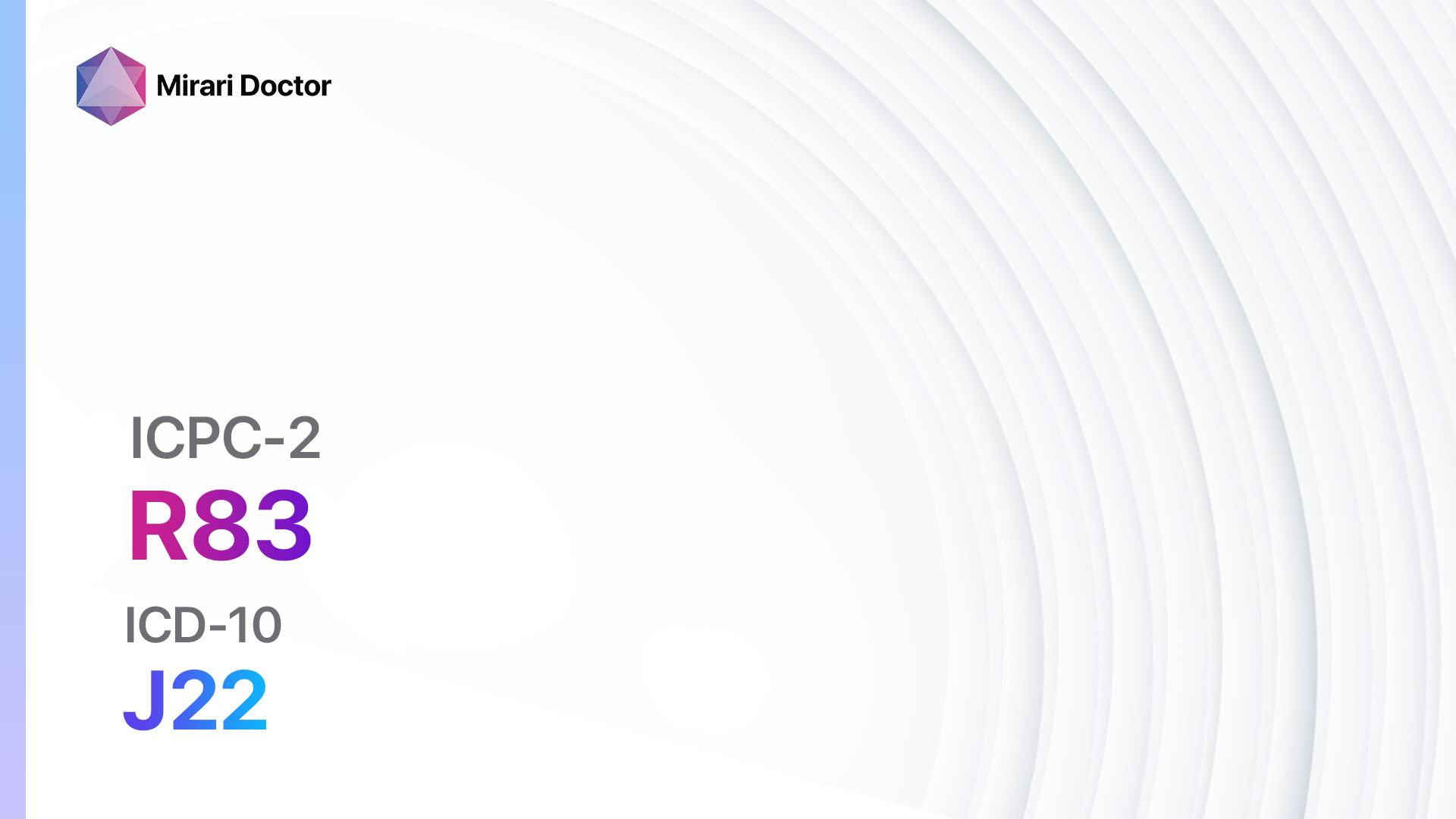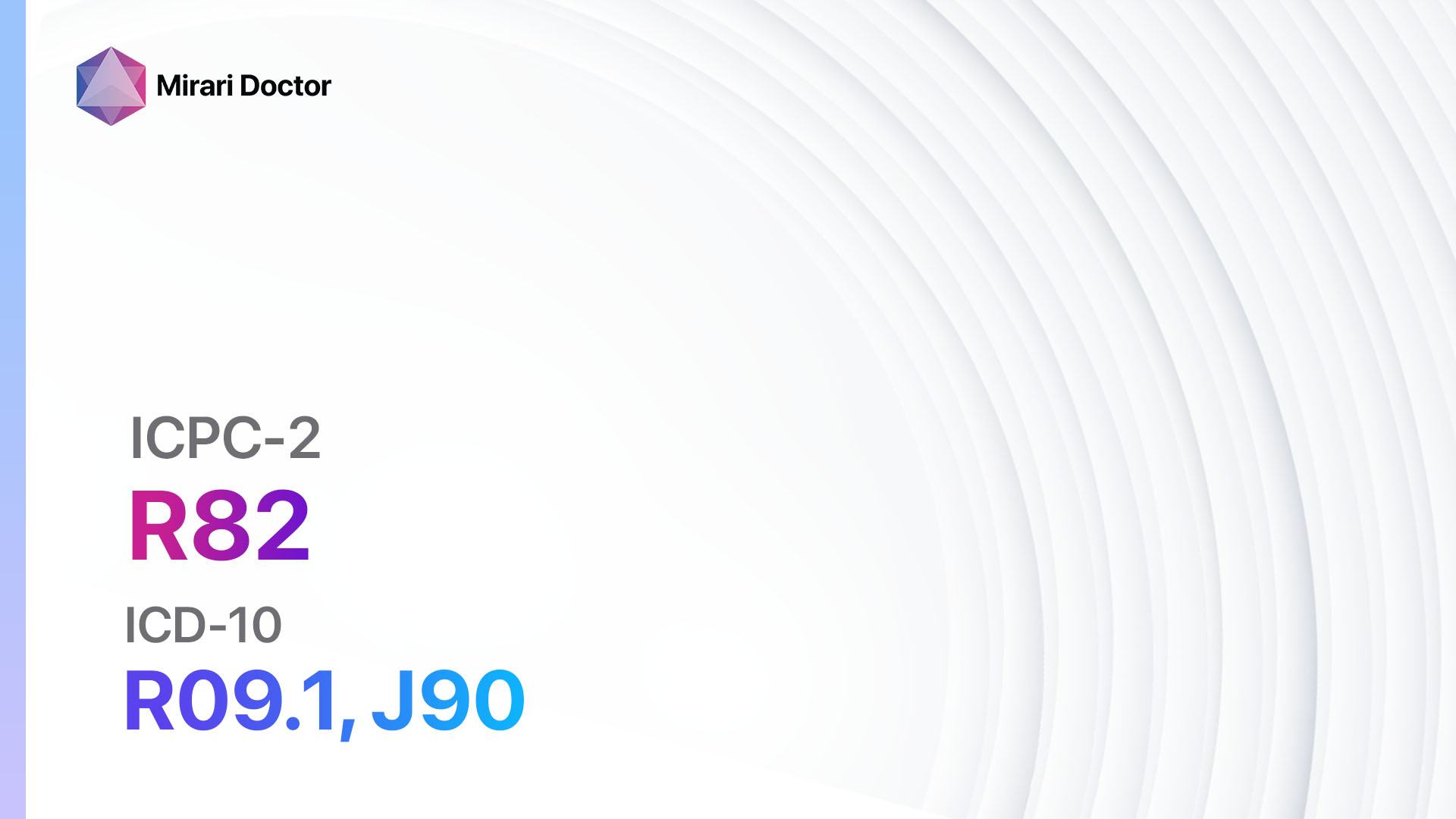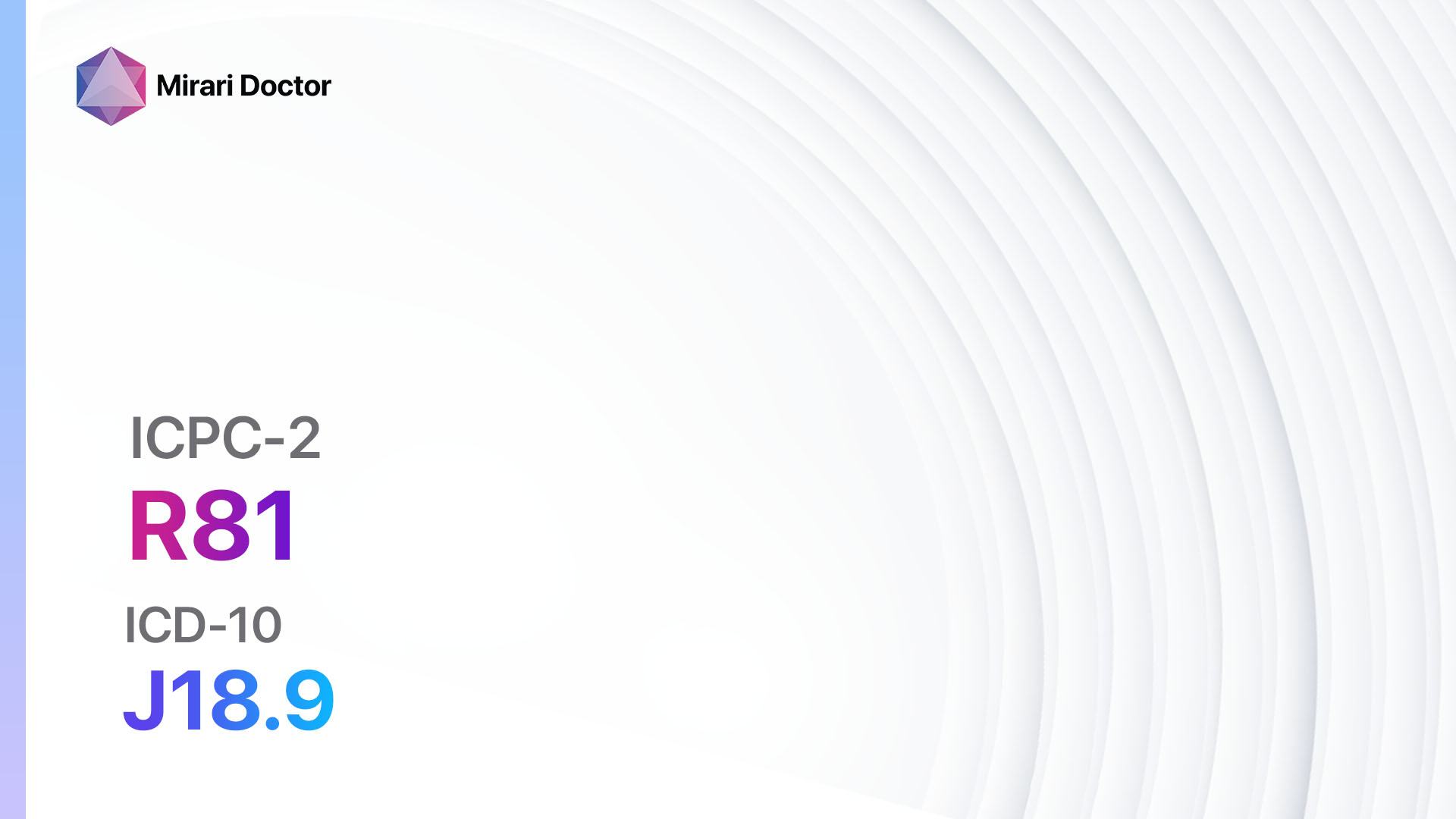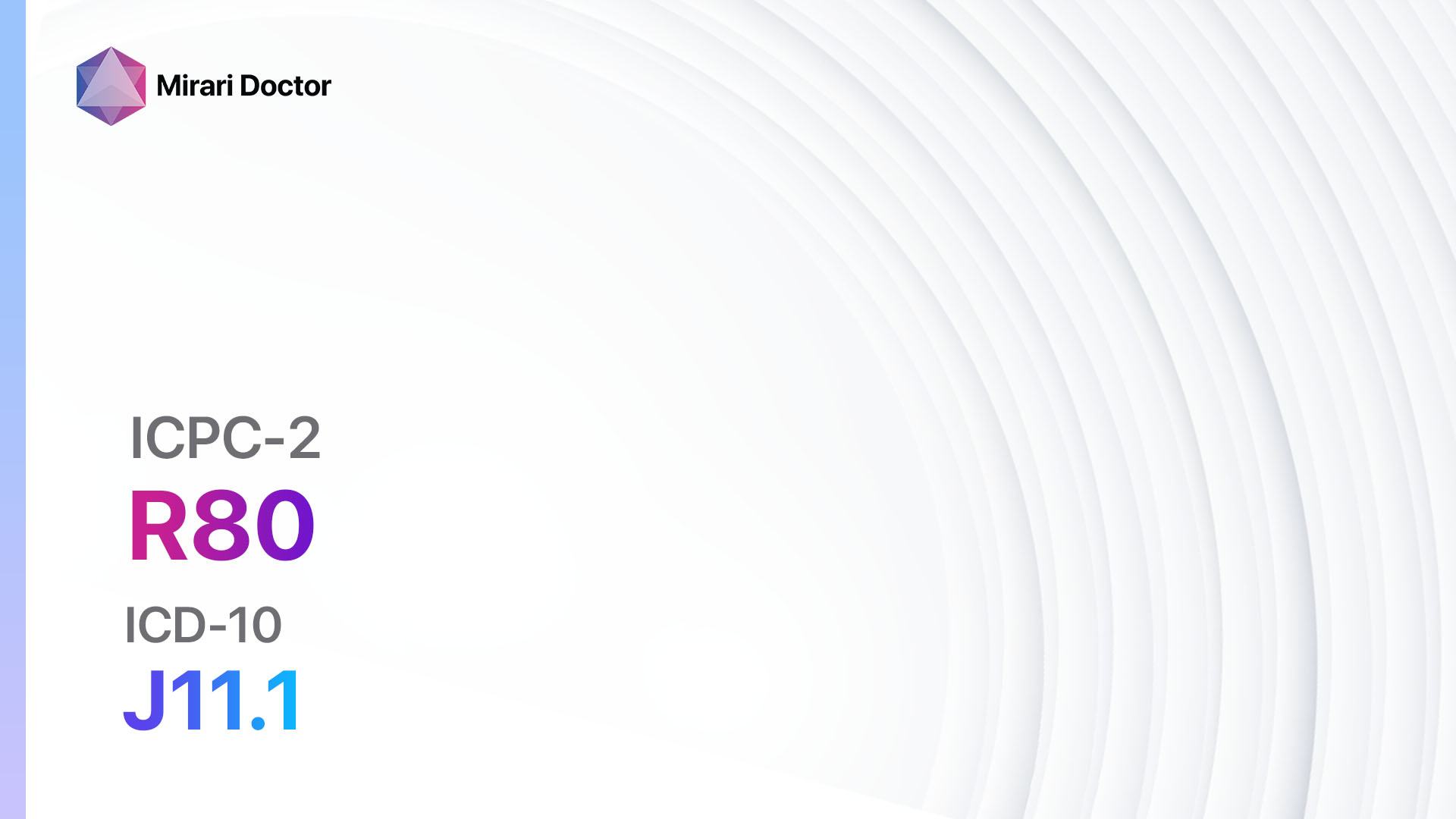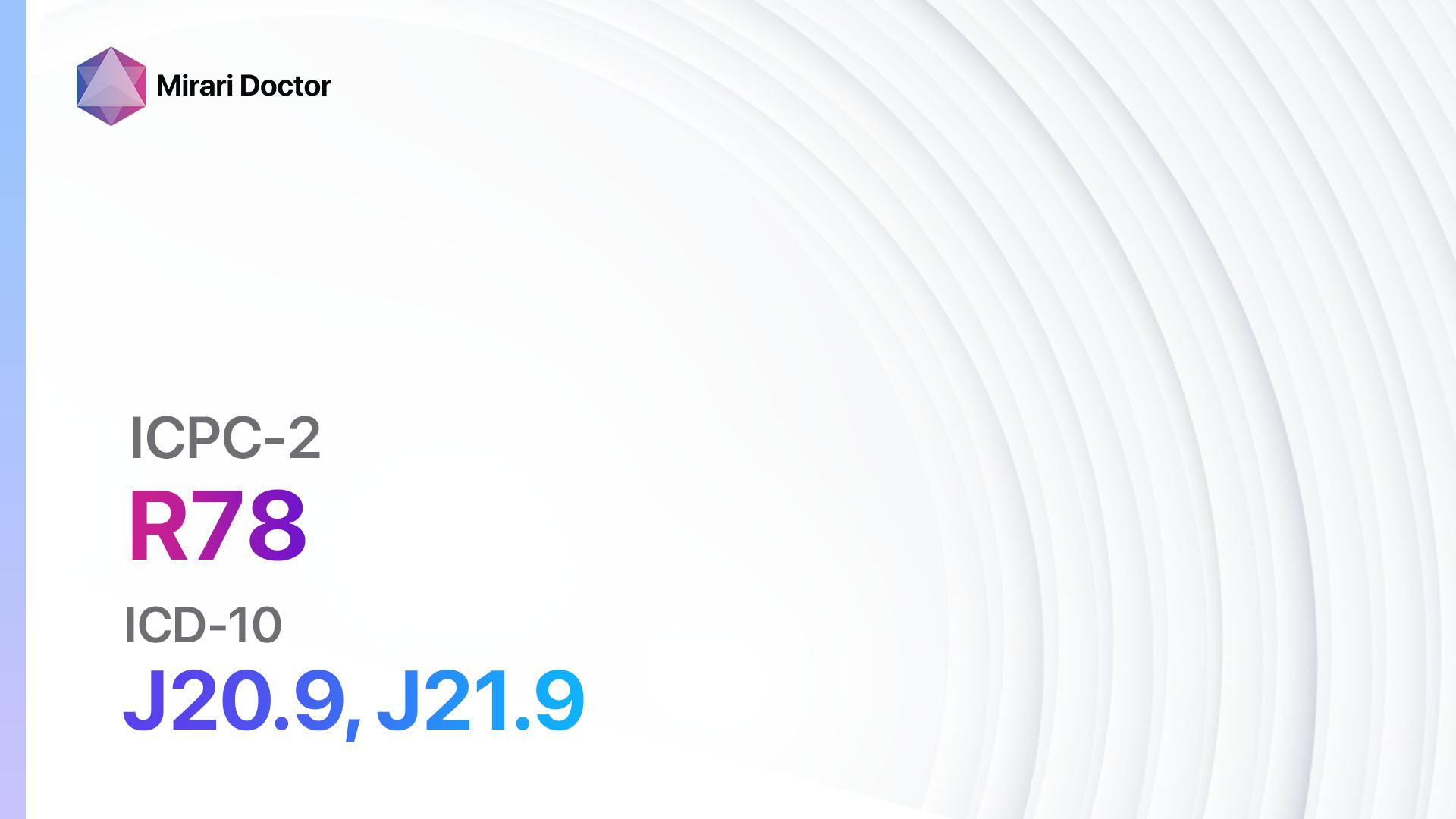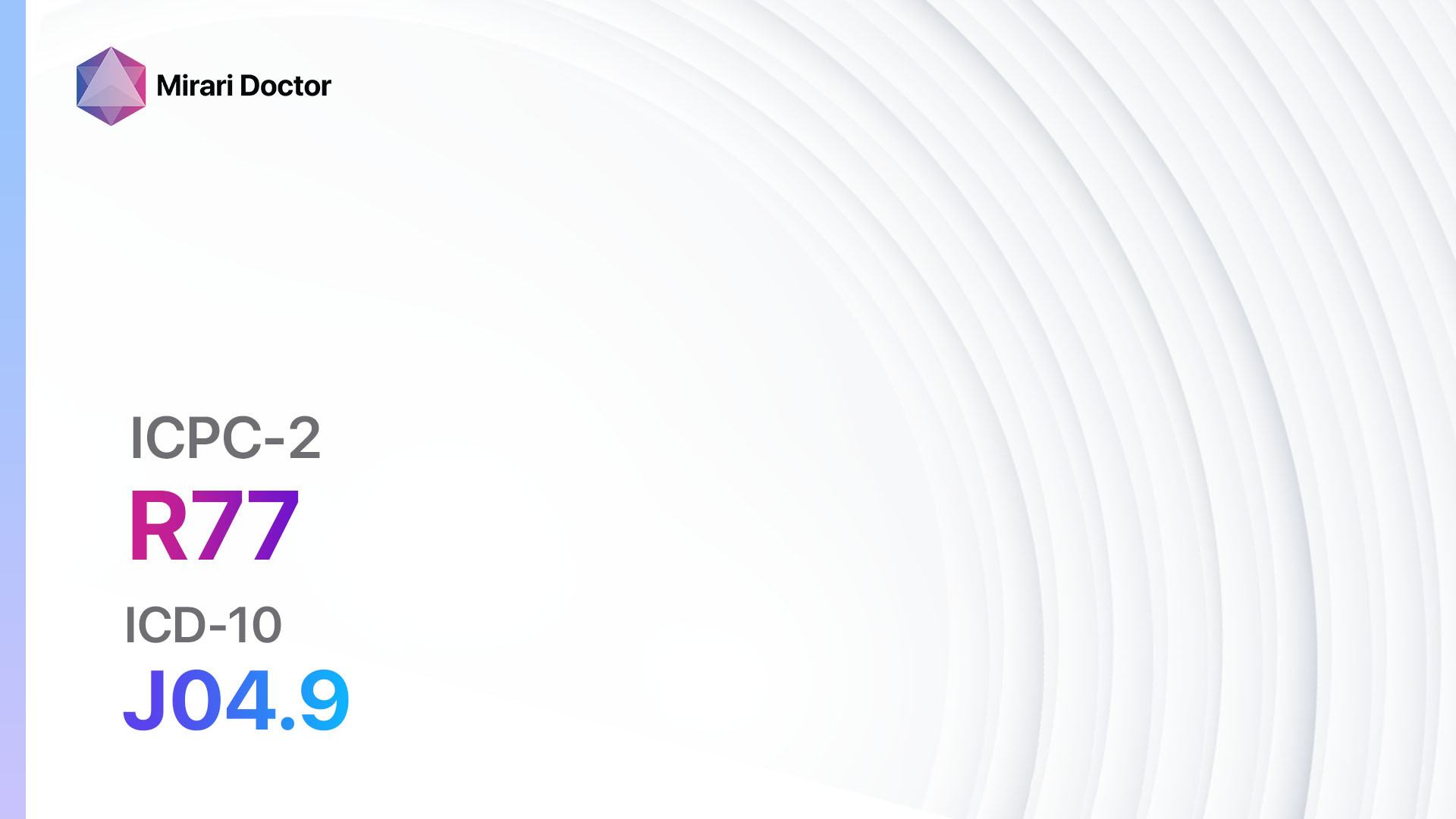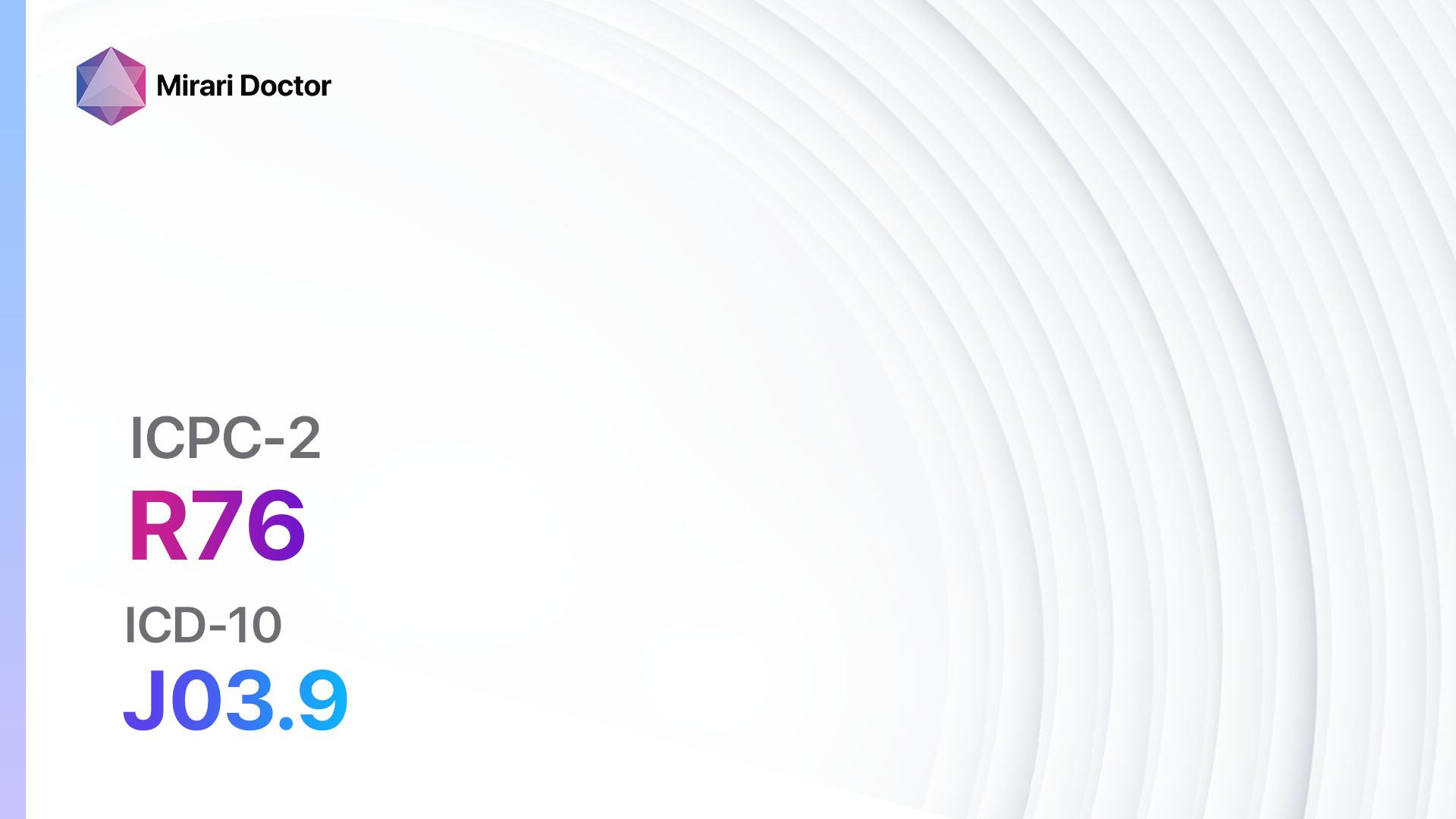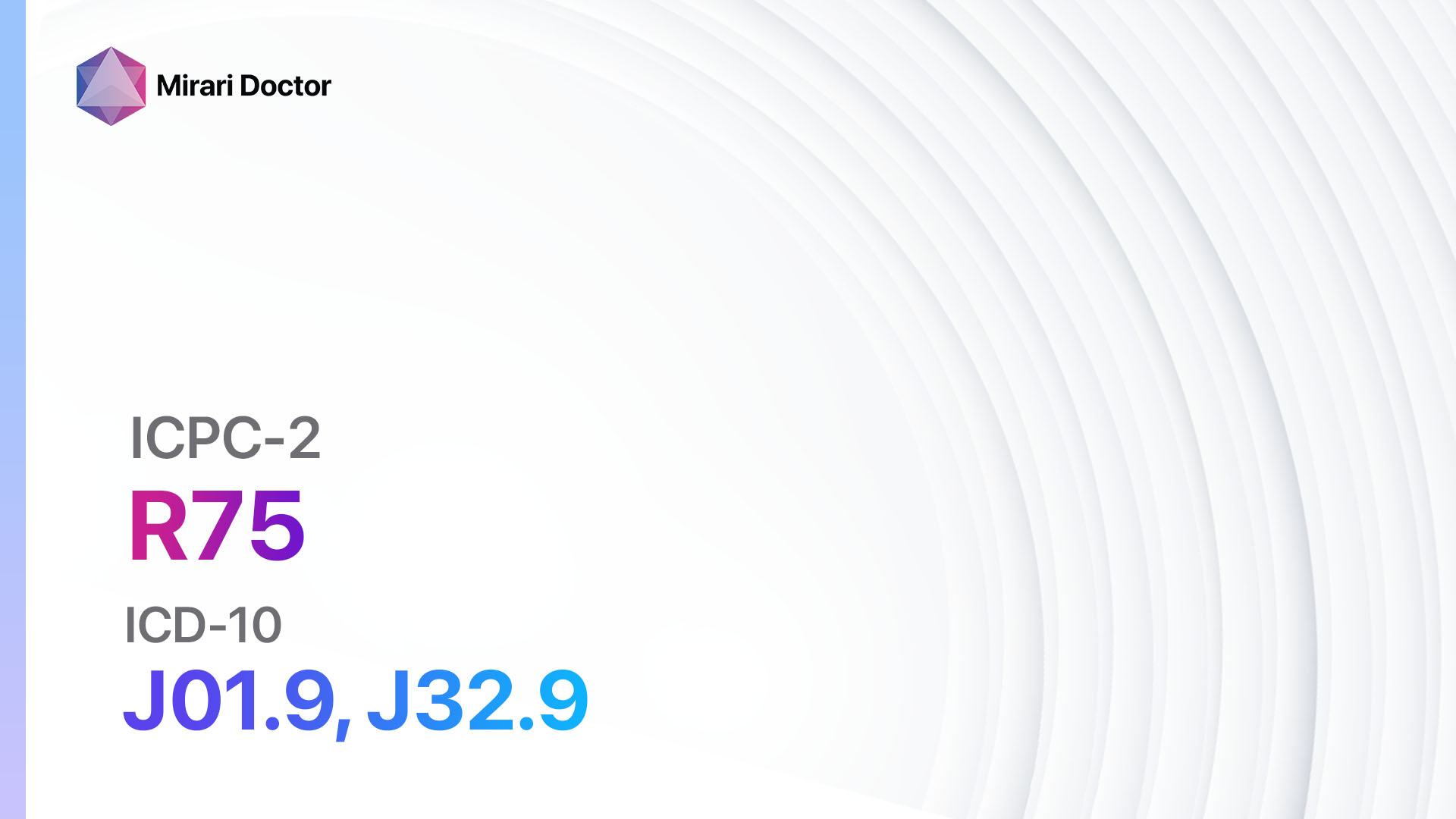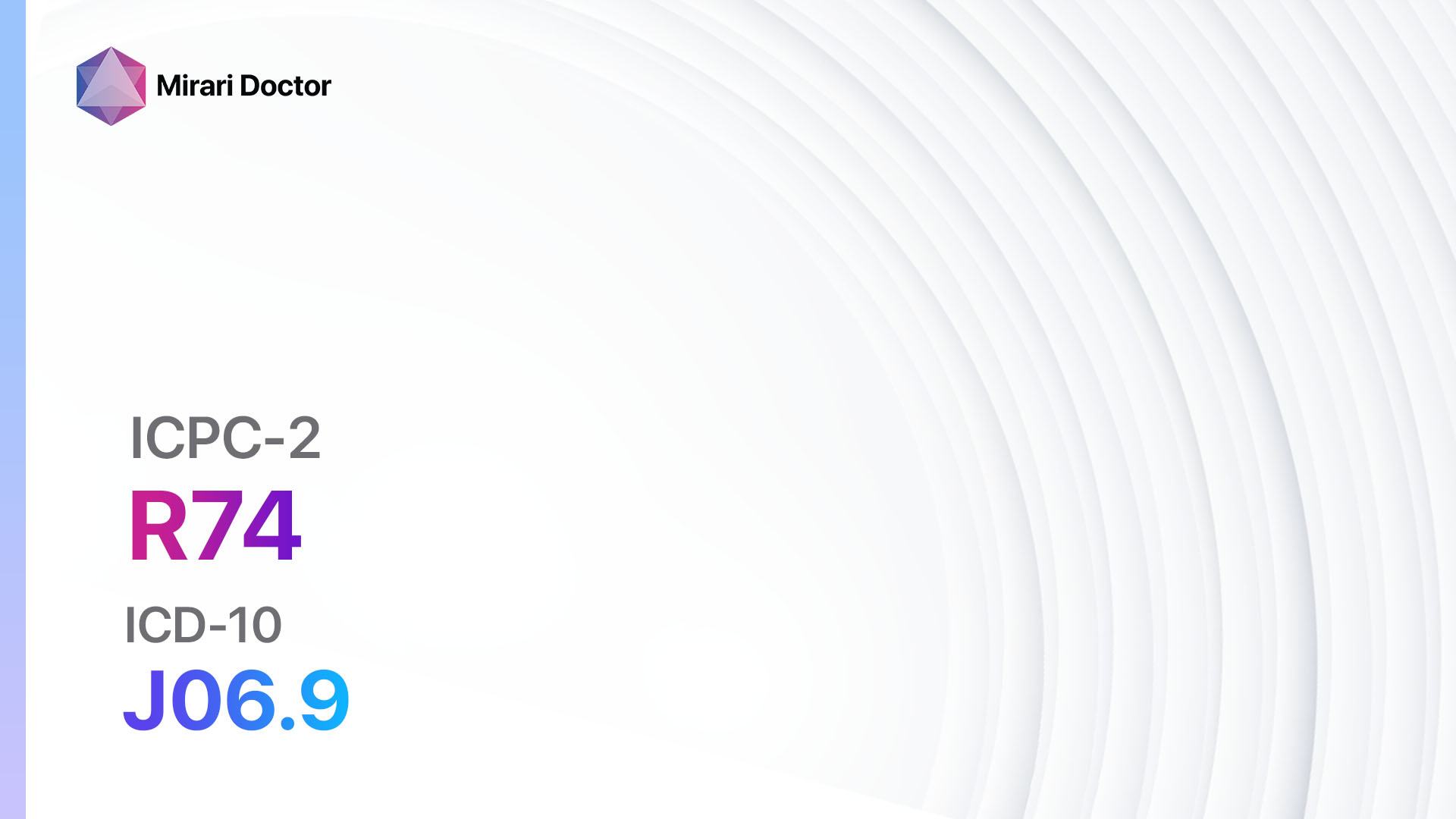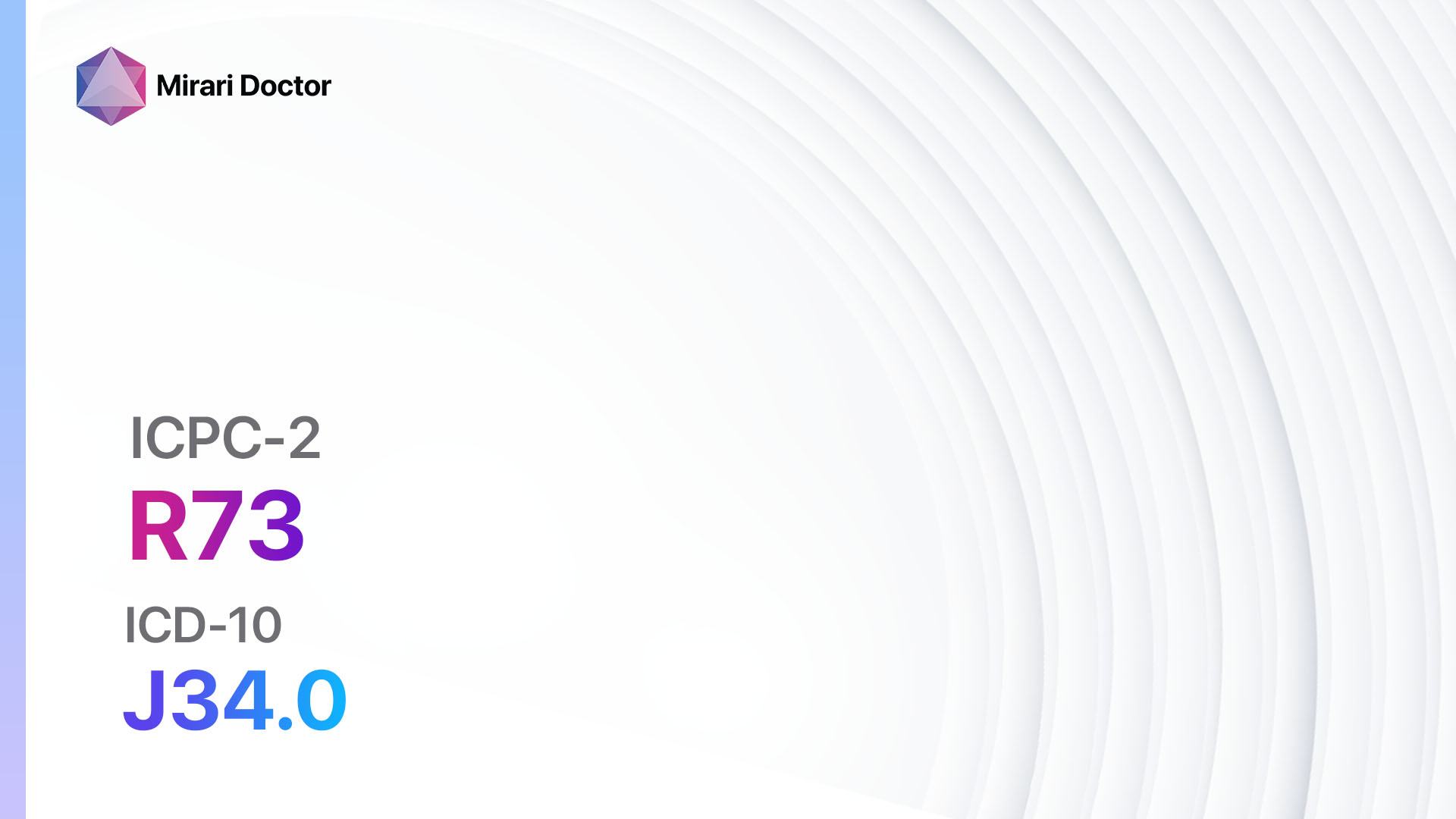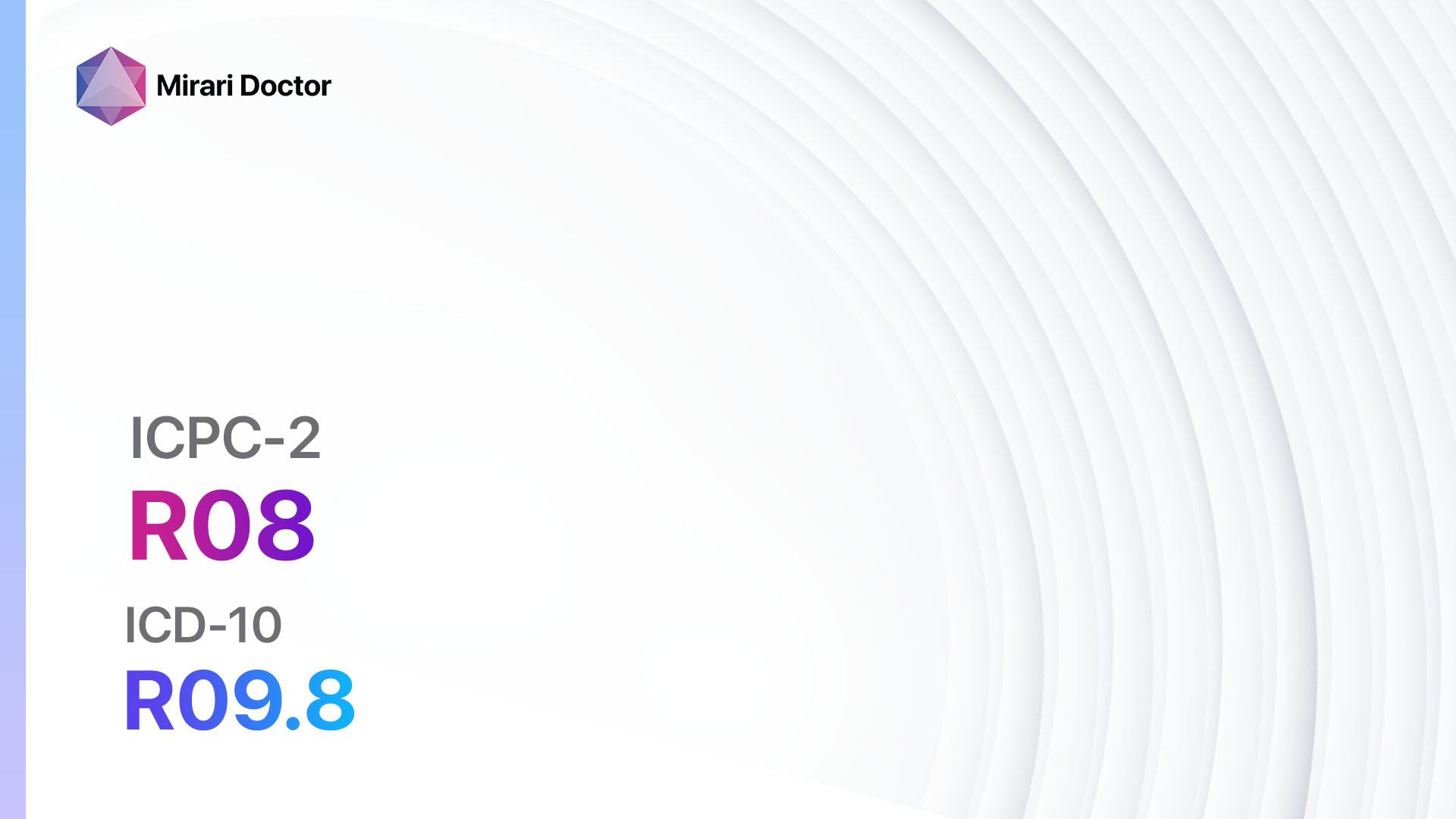
Introduction
Nose symptom/complaint other refers to any nasal symptoms or complaints that do not fit into a specific category. These symptoms can vary widely and may include nasal congestion, nasal discharge, nasal itching, or other discomfort. The aim of this guide is to provide an overview of the symptoms, causes, diagnostic steps, possible interventions, and lifestyle interventions for nose symptom/complaint other.over[1].
Codes
– ICPC-2 Code: R08 Nose symptom/complaint other
– ICD-10 Code: R09.8 Other specified symptoms and signs involving the circulatory and respiratory systems[2].
Symptoms
- Nasal congestion: Feeling of stuffiness or blockage in the nose.
- Nasal discharge: Runny nose or mucus coming out of the nose.
- Nasal itching: Uncomfortable sensation of itching inside the nose.
- Other discomfort: Any other nasal symptoms or complaints not fitting into a specific category[3].
Causes
- Allergies: Allergic rhinitis or hay fever can cause nasal symptoms such as congestion, discharge, and itching[4].
- Non-allergic rhinitis: Irritants such as smoke, strong odors, or changes in weather can trigger nasal symptoms[5].
- Infections: Viral or bacterial infections can lead to nasal symptoms[6].
- Structural abnormalities: Deviated septum or nasal polyps can cause nasal congestion or other discomfort[7].
- Medications: Certain medications, such as nasal decongestants or antihistamines, can cause nasal symptoms as side effects[8].
- Other factors: Environmental factors, hormonal changes, or underlying medical conditions can contribute to nose symptom/complaint other[9].
Diagnostic Steps
Medical History
- Gather information about the duration and severity of the symptoms.
- Ask about any known allergies or exposure to irritants.
- Inquire about any recent infections or changes in medication.
- Assess for any structural abnormalities or underlying medical conditions[10].
Physical Examination
- Inspect the nasal passages for signs of inflammation, polyps, or other abnormalities.
- Palpate the sinuses for tenderness or swelling.
- Evaluate the throat and ears for any associated symptoms or signs of infection.
Laboratory Tests
- Complete blood count (CBC): To assess for signs of infection or inflammation.
- Allergy testing: To identify potential allergens triggering nasal symptoms.
- Nasal swab culture: To determine the presence of bacterial infection.
Diagnostic Imaging
- Nasal endoscopy: To visualize the nasal passages and identify any structural abnormalities or polyps.
- Sinus X-ray or CT scan: To evaluate the sinuses for signs of infection or blockage.
Other Tests
- Skin prick test: To identify specific allergens causing nasal symptoms.
- Rhinomanometry: To measure nasal airflow and assess for nasal obstruction.
- Nasal cytology: To examine nasal secretions for signs of inflammation or infection.
Follow-up and Patient Education
- Schedule a follow-up appointment to review test results and discuss treatment options.
- Provide education on proper nasal hygiene, such as saline nasal rinses or avoiding irritants.
- Discuss the importance of managing underlying conditions, such as allergies or infections.
Possible Interventions
Traditional Interventions
Medications:
Top 5 drugs for nose symptom/complaint other:
- Antihistamines (e.g., Loratadine, Cetirizine, Fexofenadine):
- Cost: Generic versions can be $3-$20/month.
- Contraindications: Severe liver disease, hypersensitivity.
- Side effects: Drowsiness, dry mouth, headache.
- Severe side effects: Rare, but may include allergic reactions or liver problems.
- Drug interactions: Sedatives, alcohol.
- Warning: May cause drowsiness, use caution when operating machinery or driving.
- Nasal corticosteroids (e.g., Fluticasone, Budesonide):
- Cost: Generic versions can be $10-$50/month.
- Contraindications: Recent nasal surgery or injury.
- Side effects: Nasal irritation, nosebleeds.
- Severe side effects: Rare, but may include adrenal suppression or glaucoma.
- Drug interactions: None significant.
- Warning: Regular use is required for optimal effect.
- Decongestants (e.g., Phenylephrine, Oxymetazoline):
- Cost: Generic versions can be $3-$10/month.
- Contraindications: Severe hypertension, heart disease.
- Side effects: Rebound congestion, increased heart rate.
- Severe side effects: Rare, but may include severe hypertension or cardiac arrhythmias.
- Drug interactions: MAO inhibitors, beta-blockers.
- Warning: Prolonged use may lead to rebound congestion.
- Nasal saline sprays:
- Cost: $5-$15 per bottle.
- Contraindications: None.
- Side effects: None significant.
- Severe side effects: None.
- Drug interactions: None.
- Warning: Can be used as needed for nasal congestion or dryness.
- Antibiotics (if bacterial infection is present):
- Cost: Varies depending on the specific antibiotic.
- Contraindications: Allergy to the specific antibiotic.
- Side effects: Nausea, diarrhea.
- Severe side effects: Rare, but may include severe allergic reactions or antibiotic resistance.
- Drug interactions: None significant.
- Warning: Antibiotics should only be used if there is evidence of bacterial infection.
Alternative Drugs:
- Montelukast: A leukotriene receptor antagonist that can help with allergic rhinitis.
- Nasal anticholinergics (e.g., Ipratropium bromide): Can help reduce nasal secretions.
- Mast cell stabilizers (e.g., Cromolyn sodium): Useful for allergic rhinitis.
- Nasal ipratropium: Can help relieve nasal congestion.
Surgical Procedures:
- Nasal polypectomy: Surgical removal of nasal polyps. Cost: $5,000 to $10,000.
- Septoplasty: Surgical correction of a deviated septum. Cost: $5,000 to $10,000.
Alternative Interventions
- Acupuncture: May help relieve nasal congestion and improve overall nasal symptoms. Cost: $60-$120 per session.
- Herbal supplements: Certain herbs, such as butterbur or stinging nettle, may have potential benefits for nasal symptoms. Cost: Varies depending on the specific supplement.
- Nasal irrigation: Using a neti pot or nasal saline rinse to flush out the nasal passages. Cost: $10-$20 for a neti pot or nasal saline rinse kit.
- Steam inhalation: Inhaling steam from a bowl of hot water or using a steam inhaler to help relieve nasal congestion. Cost: $20-$50 for a steam inhaler.
- Essential oils: Some essential oils, such as eucalyptus or peppermint, may provide temporary relief for nasal symptoms. Cost: Varies depending on the specific essential oil.
Lifestyle Interventions
- Avoiding triggers: Identify and avoid any known allergens or irritants that may be causing nasal symptoms.
- Maintaining nasal hygiene: Regularly clean the nasal passages with saline rinses or nasal sprays to reduce congestion and remove irritants.
- Humidification: Use a humidifier or vaporizer to add moisture to the air and prevent nasal dryness.
- Nasal strips: Apply nasal strips to the nose to help open up the nasal passages and improve airflow.
- Elevating the head during sleep: Use an extra pillow or elevate the head of the bed to reduce nasal congestion during sleep.
It is important to note that the cost ranges provided are approximate and may vary depending on the location and availability of the interventions.
Mirari Cold Plasma Alternative Intervention
Understanding Mirari Cold Plasma
- Safe and Non-Invasive Treatment: Mirari Cold Plasma is a safe and non-invasive treatment option for various skin conditions. It does not require incisions, minimizing the risk of scarring, bleeding, or tissue damage.
- Efficient Extraction of Foreign Bodies: Mirari Cold Plasma facilitates the removal of foreign bodies from the skin by degrading and dissociating organic matter, allowing easier access and extraction.
- Pain Reduction and Comfort: Mirari Cold Plasma has a local analgesic effect, providing pain relief during the treatment, making it more comfortable for the patient.
- Reduced Risk of Infection: Mirari Cold Plasma has antimicrobial properties, effectively killing bacteria and reducing the risk of infection.
- Accelerated Healing and Minimal Scarring: Mirari Cold Plasma stimulates wound healing and tissue regeneration, reducing healing time and minimizing the formation of scars.
Mirari Cold Plasma Prescription
Video instructions for using Mirari Cold Plasma Device – R08 Nose symptom/complaint other (ICD-10:R09.8)
| Mild | Moderate | Severe |
| Mode setting: 1 (Infection) Location: 0 (Localized) Morning: 15 minutes, Evening: 15 minutes |
Mode setting: 1 (Infection) Location: 0 (Localized) Morning: 30 minutes, Lunch: 30 minutes, Evening: 30 minutes |
Mode setting: 1 (Infection) Location: 0 (Localized) Morning: 30 minutes, Lunch: 30 minutes, Evening: 30 minutes |
| Mode setting: 2 (Wound Healing) Location: 7 (Neuro system & ENT) Morning: 15 minutes, Evening: 15 minutes |
Mode setting: 2 (Wound Healing) Location: 7 (Neuro system & ENT) Morning: 30 minutes, Lunch: 30 minutes, Evening: 30 minutes |
Mode setting: 2 (Wound Healing) Location: 7 (Neuro system & ENT) Morning: 30 minutes, Lunch: 30 minutes, Evening: 30 minutes |
| Mode setting: 3 (Antiviral Therapy) Location: 6 (Throat, Lymphatic & Thyroid) Morning: 15 minutes, Evening: 15 minutes |
Mode setting: 3 (Antiviral Therapy) Location: 6 (Throat, Lymphatic & Thyroid) Morning: 30 minutes, Lunch: 30 minutes, Evening: 30 minutes |
Mode setting: 3 (Antiviral Therapy) Location: 6 (Throat, Lymphatic & Thyroid) Morning: 30 minutes, Lunch: 30 minutes, Evening: 30 minutes |
| Total Morning: 45 minutes approx. $7.50 USD, Evening: 45 minutes approx. $7.50 USD |
Total Morning: 90 minutes approx. $15 USD, Lunch: 90 minutes approx. $15 USD, Evening: 90 minutes approx. $15 USD |
Total Morning: 90 minutes approx. $15 USD, Lunch: 90 minutes approx. $15 USD, Evening: 90 minutes approx. $15 USD |
| Usual treatment for 7-60 days approx. $105 USD – $900 USD | Usual treatment for 6-8 weeks approx. $1,890 USD – $2,520 USD |
Usual treatment for 3-6 months approx. $4,050 USD – $8,100 USD
|
 |
|
Use the Mirari Cold Plasma device to treat Nose symptom/complaint other effectively.
WARNING: MIRARI COLD PLASMA IS DESIGNED FOR THE HUMAN BODY WITHOUT ANY ARTIFICIAL OR THIRD PARTY PRODUCTS. USE OF OTHER PRODUCTS IN COMBINATION WITH MIRARI COLD PLASMA MAY CAUSE UNPREDICTABLE EFFECTS, HARM OR INJURY. PLEASE CONSULT A MEDICAL PROFESSIONAL BEFORE COMBINING ANY OTHER PRODUCTS WITH USE OF MIRARI.
Step 1: Cleanse the Skin
- Start by cleaning the affected area of the skin with a gentle cleanser or mild soap and water. Gently pat the area dry with a clean towel.
Step 2: Prepare the Mirari Cold Plasma device
- Ensure that the Mirari Cold Plasma device is fully charged or has fresh batteries as per the manufacturer’s instructions. Make sure the device is clean and in good working condition.
- Switch on the Mirari device using the power button or by following the specific instructions provided with the device.
- Some Mirari devices may have adjustable settings for intensity or treatment duration. Follow the manufacturer’s instructions to select the appropriate settings based on your needs and the recommended guidelines.
Step 3: Apply the Device
- Place the Mirari device in direct contact with the affected area of the skin. Gently glide or hold the device over the skin surface, ensuring even coverage of the area experiencing.
- Slowly move the Mirari device in a circular motion or follow a specific pattern as indicated in the user manual. This helps ensure thorough treatment coverage.
Step 4: Monitor and Assess:
- Keep track of your progress and evaluate the effectiveness of the Mirari device in managing your Nose symptom/complaint other. If you have any concerns or notice any adverse reactions, consult with your health care professional.
Note
This guide is for informational purposes only and should not replace the advice of a medical professional. Always consult with your healthcare provider or a qualified medical professional for personal advice, diagnosis, or treatment. Do not solely rely on the information presented here for decisions about your health. Use of this information is at your own risk. The authors of this guide, nor any associated entities or platforms, are not responsible for any potential adverse effects or outcomes based on the content.
Mirari Cold Plasma System Disclaimer
- Purpose: The Mirari Cold Plasma System is a Class 2 medical device designed for use by trained healthcare professionals. It is registered for use in Thailand and Vietnam. It is not intended for use outside of these locations.
- Informational Use: The content and information provided with the device are for educational and informational purposes only. They are not a substitute for professional medical advice or care.
- Variable Outcomes: While the device is approved for specific uses, individual outcomes can differ. We do not assert or guarantee specific medical outcomes.
- Consultation: Prior to utilizing the device or making decisions based on its content, it is essential to consult with a Certified Mirari Tele-Therapist and your medical healthcare provider regarding specific protocols.
- Liability: By using this device, users are acknowledging and accepting all potential risks. Neither the manufacturer nor the distributor will be held accountable for any adverse reactions, injuries, or damages stemming from its use.
- Geographical Availability: This device has received approval for designated purposes by the Thai and Vietnam FDA. As of now, outside of Thailand and Vietnam, the Mirari Cold Plasma System is not available for purchase or use.
References
- Fokkens WJ, et al. European Position Paper on Rhinosinusitis and Nasal Polyps 2020. Rhinology. 2020;58(Suppl S29):1-464.
- World Health Organization. International Statistical Classification of Diseases and Related Health Problems (ICD-10). 2019.
- Naclerio RM, et al. Pathophysiology of nasal congestion. Int J Gen Med. 2010;3:47-57.
- Bousquet J, et al. Allergic Rhinitis and its Impact on Asthma (ARIA) 2008 update. Allergy. 2008;63(Suppl 86):8-160.
- Tran NP, et al. Pathogenesis of nonallergic rhinitis. Immunol Allergy Clin North Am. 2011;31(3):441-453.
- Eccles R. Understanding the symptoms of the common cold and influenza. Lancet Infect Dis. 2005;5(11):718-725.
- Bhattacharyya N. Clinical presentation, diagnosis, and treatment of nasal obstruction. UpToDate. 2021.
- Graf P. Rhinitis medicamentosa: a review of causes and treatment. Treat Respir Med. 2005;4(1):21-29.
- Schatz M, et al. The burden of rhinitis in a managed care organization. Ann Allergy Asthma Immunol. 2008;101(3):240-247.
- Scadding GK, et al. BSACI guideline for the diagnosis and management of allergic and non-allergic rhinitis. Clin Exp Allergy. 2017;47(7):856-889.
Related articles
Made in USA


